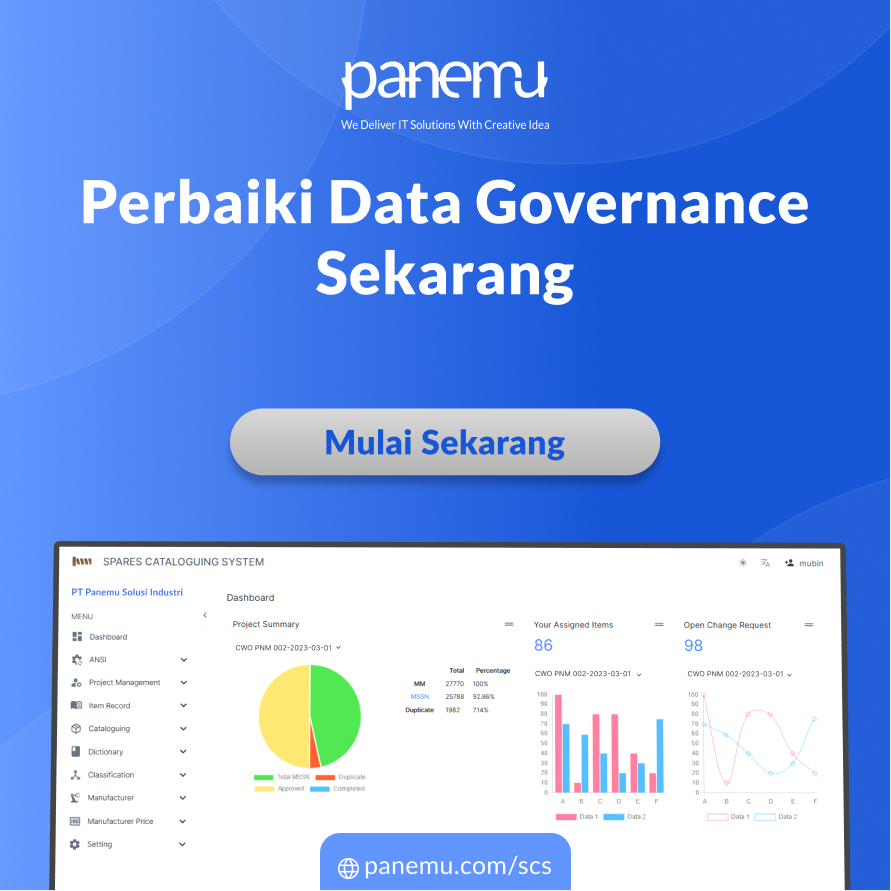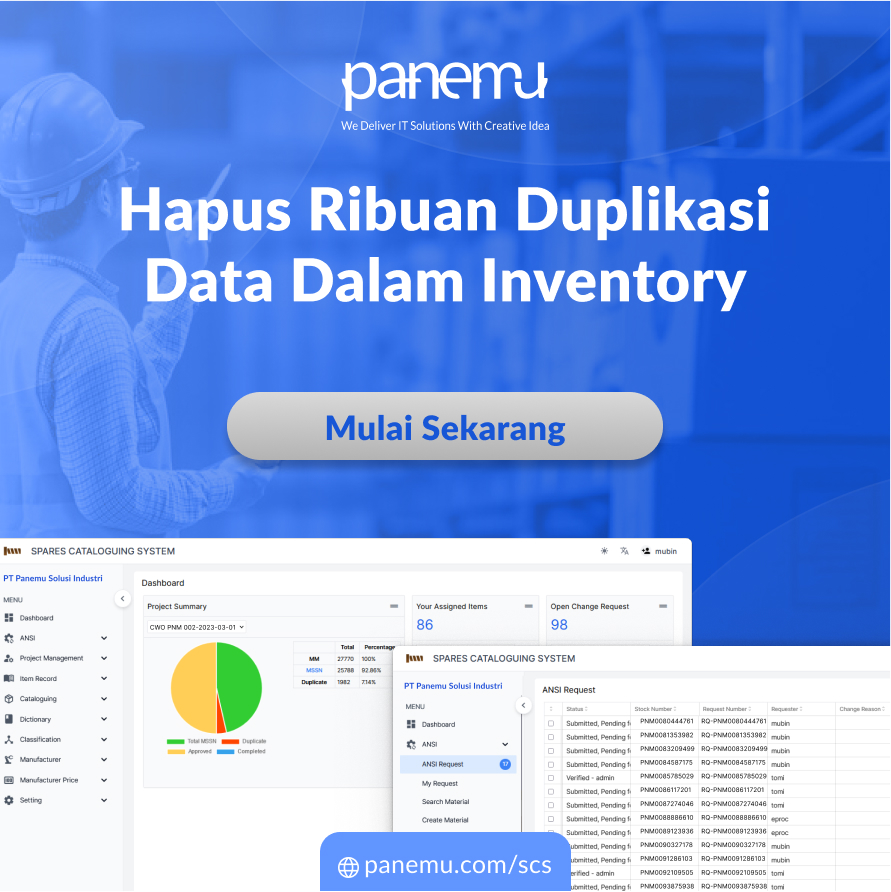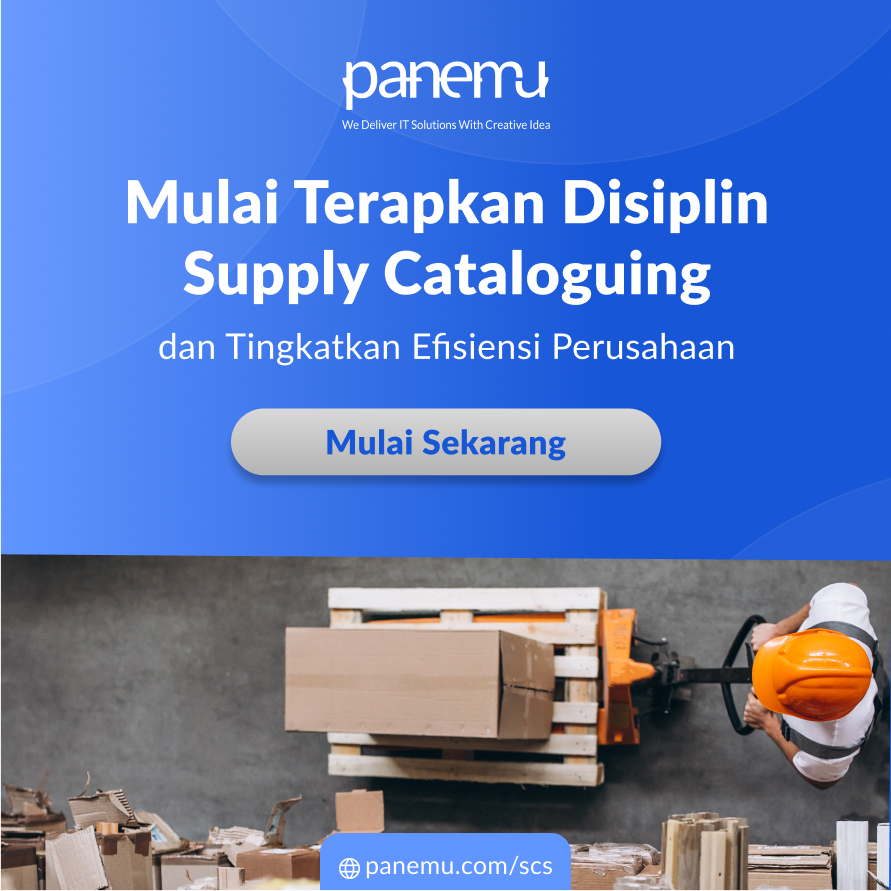In asset-intensive industries such as oil & gas, mining, manufacturing, retail, and electric power, the efficiency of Maintenance, Repair, and Overhaul (MRO) operations is paramount. Central to this efficiency is the Asset Register—a comprehensive, structured record of all physical assets within an organization. This article delves into the pivotal role of Asset Registers in MRO management and how meticulous asset documentation can significantly enhance maintenance efficiency.
Understanding the Asset Register
An Asset Register is more than a mere inventory list; it is a dynamic tool that captures detailed information about each asset, including:
- Asset identification numbers
- Descriptions and specifications
- Location and operational status
- Maintenance history
- Depreciation and financial data
This centralized repository enables organizations to monitor asset performance, plan maintenance activities, and make informed decisions regarding asset utilization and replacement.
Enhancing MRO Efficiency Through Accurate Asset Registers
1. Improved Maintenance Planning
Accurate asset data allows for the development of effective preventive maintenance schedules. By understanding the condition and history of each asset, maintenance teams can anticipate issues before they escalate, reducing unplanned downtime.
2. Optimized Inventory Management
With detailed asset information, organizations can better manage spare parts inventories, ensuring that necessary components are available when needed, thus avoiding delays in repairs.
3. Enhanced Compliance and Reporting
Comprehensive asset records facilitate compliance with industry regulations and standards. They provide auditable trails for inspections and financial reporting, reducing the risk of non-compliance penalties.
4. Strategic Decision-Making
Asset Registers provide insights into asset performance and lifecycle costs, enabling strategic decisions regarding asset upgrades, replacements, or disposals.
Implementing Effective Asset Registers
To maximize the benefits of Asset Registers:
- Conduct Comprehensive Asset Audits: Regular audits ensure that the Asset Register reflects the current state of assets.
- Leverage Technology: Utilize RFID tags, IoT sensors, and asset management software to automate data collection and updates.
- Standardize Data Entry: Implement standardized protocols for asset data entry to maintain consistency and accuracy.
- Train Personnel: Ensure that staff are trained in asset management practices and the use of relevant technologies.

Conclusion
An accurate and comprehensive Asset Register is indispensable for efficient MRO operations. It enhances maintenance planning, inventory management, compliance, and strategic decision-making. For organizations in asset-intensive industries, investing in robust asset management practices is not just beneficial—it is essential for operational excellence.
Discover Panemu's Smart Cataloguing System (SCS)
To assist organizations in achieving superior asset management, Panemu offers the Smart Cataloguing System (SCS). SCS provides advanced cataloguing services tailored to the unique needs of industries such as oil, mining, gas, manufacturing, retail, and electric power.
Key Features of SCS:
- Automated Data Capture: Utilizes cutting-edge technology to collect and update asset information efficiently.
- Customizable Cataloguing: Adapts to the specific requirements of different industries, ensuring relevant and accurate asset records.
- Integration Capabilities: Seamlessly integrates with existing Enterprise Resource Planning (ERP) and Computerized Maintenance Management Systems (CMMS).
Benefits:
- Enhanced Operational Efficiency: Streamlines maintenance processes and reduces downtime.
- Improved Compliance: Facilitates adherence to industry regulations through accurate record-keeping.
- Cost Savings: Optimizes inventory management and maintenance scheduling, leading to significant cost reductions.
Embrace the future of asset management with Panemu's Smart Cataloguing System. Visit https://panemu.com/scs to learn more and schedule a consultation.
